If you have listened to any of the podcasts in which I discuss my journey into the fitness industry, you would know that my motivation stems from a personal tragedy. Both of my maternal grandparents tragically lost their lives to heart attacks caused by hypertension. My mother's father passed away at the age of 45 when she was just 15 years old, and her mother followed at the age of 68.
At the age of 19, I received a diagnosis of hypertension myself. My resting blood pressure was alarmingly high at 150/100. Determined to find a non-pharmacological solution, I embarked on a fourteen-year quest to discover a remedy. Finally, at the age of 34, my search bore fruit. I came across a study conducted by MacMaster University in Hamilton, Ontario, Canada, which suggested that isometric strength training could effectively reduce blood pressure, comparable to a single pharmaceutical agent.
Eager to try this approach, I implemented a daily 20-minute protocol of isometric strength training. To my astonishment, within a mere two weeks, my blood pressure normalized for the first time since my initial diagnosis 14 years prior. This discovery marked a turning point in my life, and it fueled my passion to delve further into the world of isometric strength training and share this transformative knowledge with others.
Cardiovascular disease (CVD) remains a leading cause of morbidity and mortality worldwide. Lifestyle interventions, including regular exercise, have been proven effective in reducing CVD risk factors. Isometric strength training (IST), a type of resistance training characterized by static muscle contractions without joint movement, has emerged as a promising exercise modality. This article aims to explore the role of IST in improving heart health and function, focusing on its impact on cardiovascular risk factors and mortality rates. The findings from various studies provide compelling evidence for the inclusion of IST as an adjunct exercise modality for managing CVD.
A study by Grøntved et al. (2013) demonstrated that greater isometric muscle strength in youth is independently associated with lower levels of cardiovascular risk factors in young adulthood, regardless of fitness levels, adiposity, and other confounding factors. This suggests that early-life isometric strength training may have long-term cardiovascular benefits.
Isometric resistance training has been shown to effectively lower systolic blood pressure (SBP), diastolic blood pressure (DBP), and mean arterial pressure (MAP) to a greater extent than dynamic aerobic or resistance training. Carlson et al. (2014) conducted a systematic review and meta-analysis, revealing that IST has the potential to produce significant and clinically meaningful reductions in blood pressure. These findings support the use of IST as an adjunctive exercise modality in blood pressure management.
Kamiya et al. (2015) found that a high level of isometric quadriceps strength was strongly associated with a lower risk of all-cause and cardiovascular mortality in patients with Coronary Artery Disease (CAD). Additionally, their study showed that evaluating quadriceps isometric strength offered incremental prognostic information beyond pre-existing risk factors. These findings highlight the importance of incorporating IST into the management of CAD patients to improve long-term outcomes.
Further investigation into the effects of IST on blood pressure reduction revealed that the magnitude of effect may be greater in hypertensive males aged over 45 years. A study by Inder et al. (2016) suggested that using unilateral arm IST for more than 8 weeks could produce significant and clinically meaningful reductions in blood pressure in this specific population. These findings emphasize the potential of IST as a targeted intervention for managing hypertension in older males.
The precise mechanisms underlying the cardiovascular adaptations resulting from IST remain to be fully clarified. However, studies have reported improvements in conduit and resistance vessel endothelium-dependent dilation, oxidative stress, and autonomic regulation of heart rate and blood pressure (Millar et al., 2014). These mechanisms likely contribute to the observed blood pressure reduction and vascular adaptations associated with IST.
Isometric strength training offers a time-efficient and effective exercise modality to improve heart health and function. The evidence presented in this article supports the use of IST as an adjunctive therapy for reducing cardiovascular risk factors, lowering blood pressure, and decreasing mortality rates in individuals with or at risk of CVD. While the mechanisms responsible for these adaptations require further study, the clinical significance of IST in reducing blood pressure warrants its inclusion in future research and clinical practice.
If you or someone you know is suffering from hypertension. I’d be happy to provide NON-MEDICAL advice that has worked for me and a number of others.
Message me at brad@isophit.com if you have any questions related to the above information.
Yours in Isometric Strength,
Brad Thorpe
CEO / Inventor
Isophit
Citations:
1. Grøntved, Anders, et al. "Muscle strength in youth and cardiovascular risk in young adulthood (the European Youth Heart Study)." Br J Sports Med(2013): bjsports-2012.
2. Carlson, Debra J., et al. "Isometric exercise training for blood pressure management: a systematic review and meta-analysis." Mayo Clinic Proceedings. Vol. 89. No.
3. Kamiya, Kentaro, et al. "Quadriceps strength as a predictor of mortality in coronary artery disease." The American journal of medicine 128.11 (2015): 1212-1219.
4. Inder, Jodie D., et al. "Isometric exercise training for blood pressure management: a systematic review and meta-analysis to optimize benefit." Hypertension Research 39.2 (2016): 88-94.
5. Millar, Philip J., et al. "Evidence for the role of isometric exercise training in reducing blood pressure: potential mechanisms and future directions." Sports Medicine 44.3 (2014): 345-356.
6. Baross, Anthony W., Jonathan D. Wiles, and Ian L. Swaine. "Effects of the intensity of leg isometric training on the vasculature of trained and untrained limbs and resting blood pressure in middle-aged men." International journal of vascular medicine 2012 (2012).

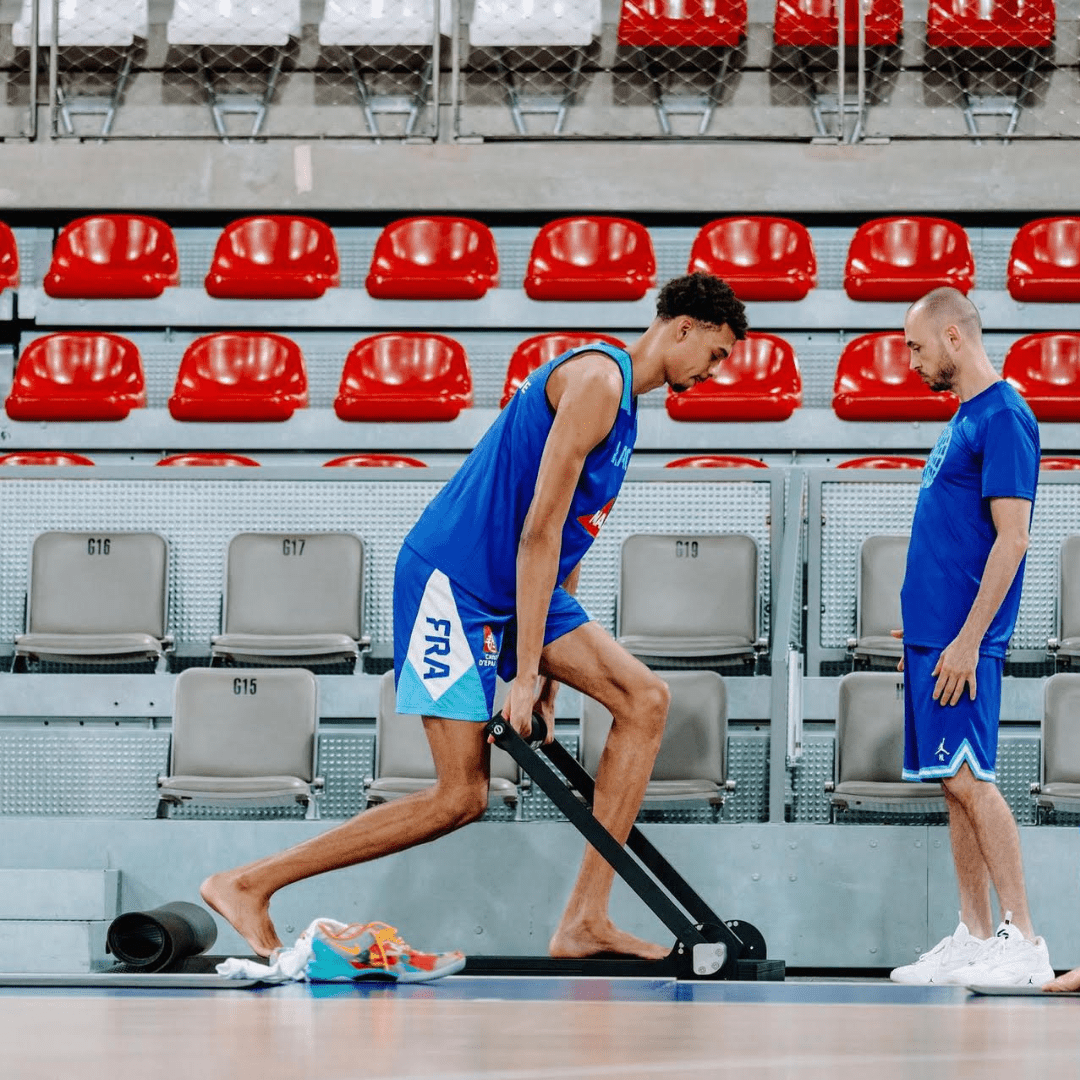


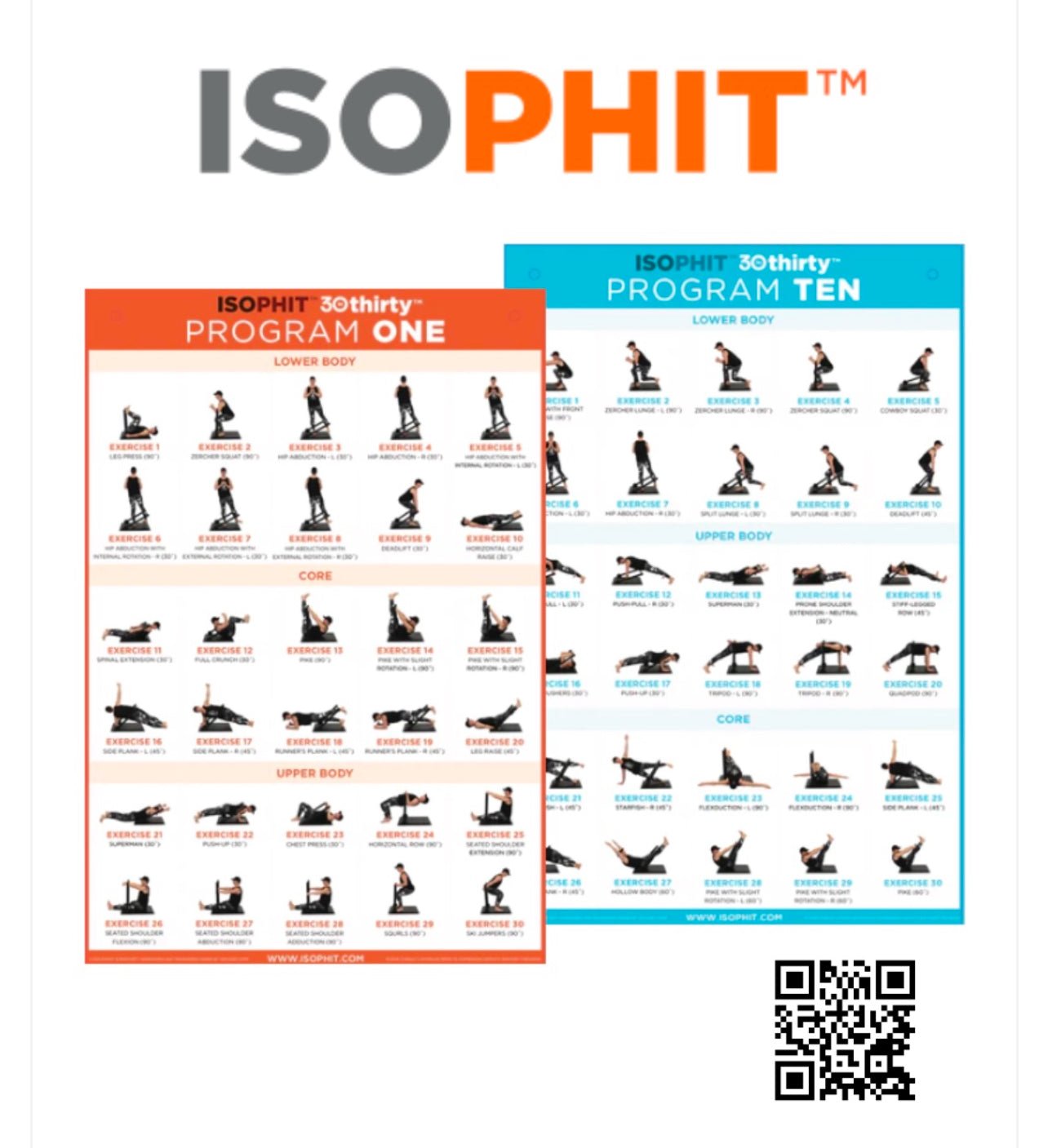

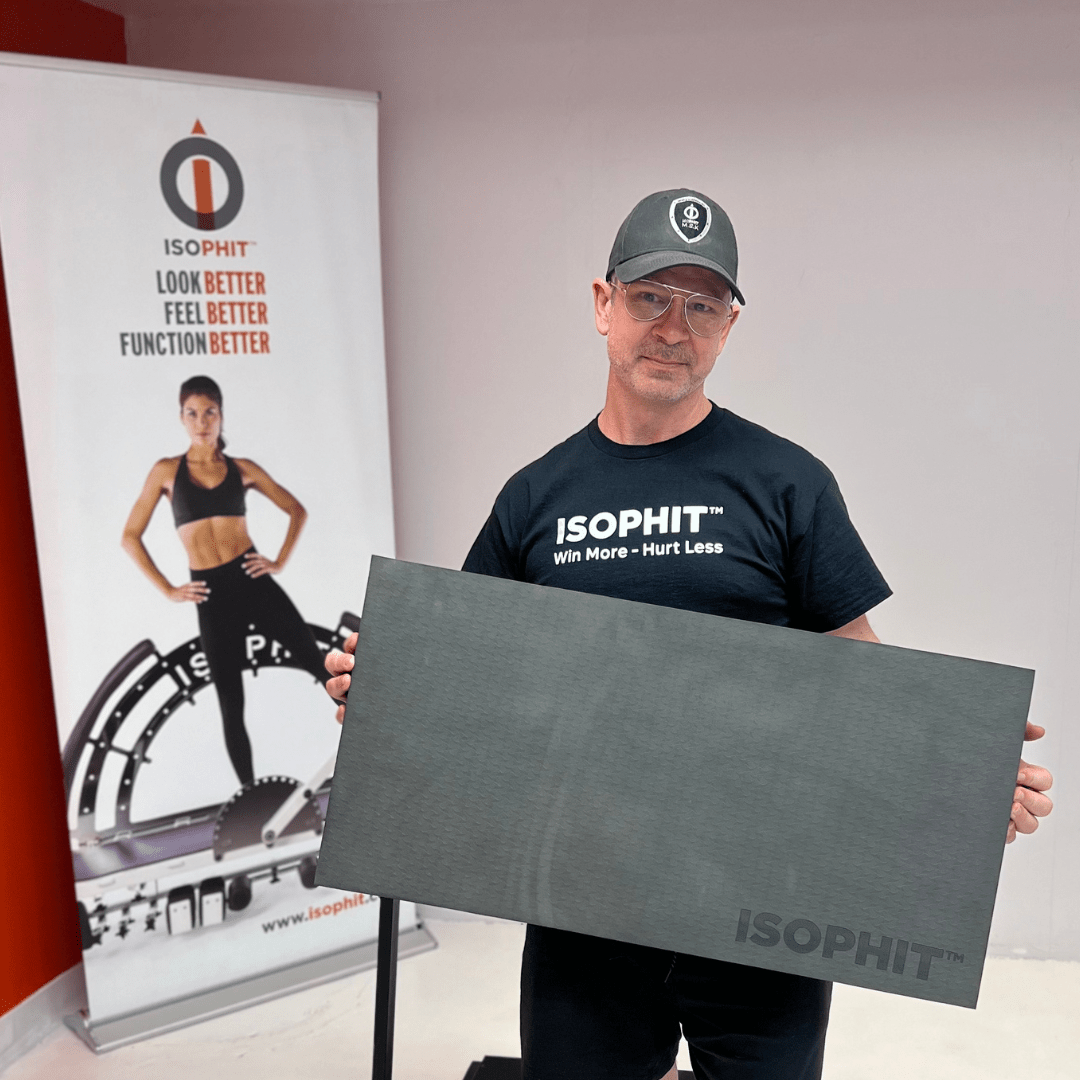
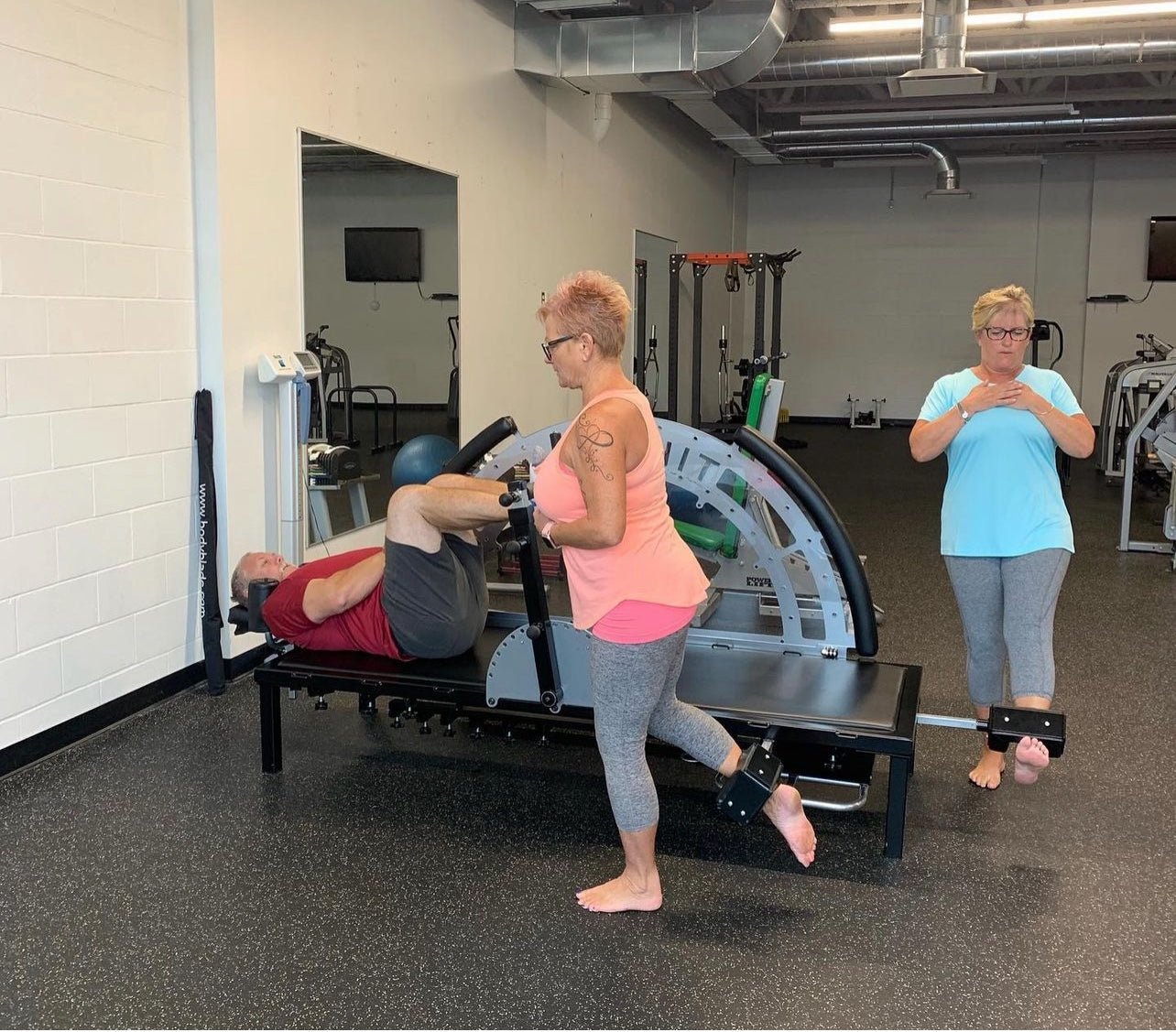

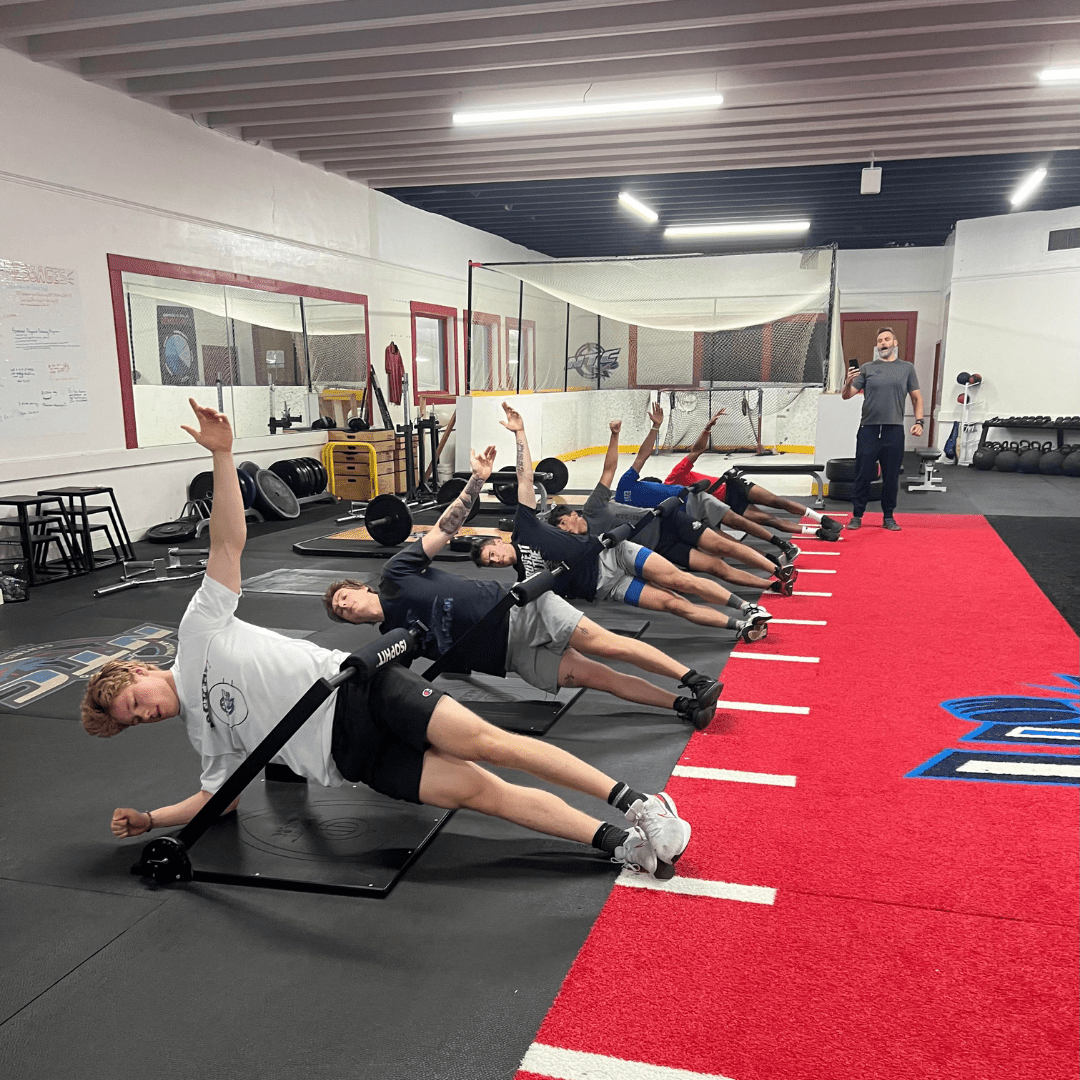
Share:
Isophit Helps the Best Athletes in the World Get Better.
Who's Available? Coach, I am!!!